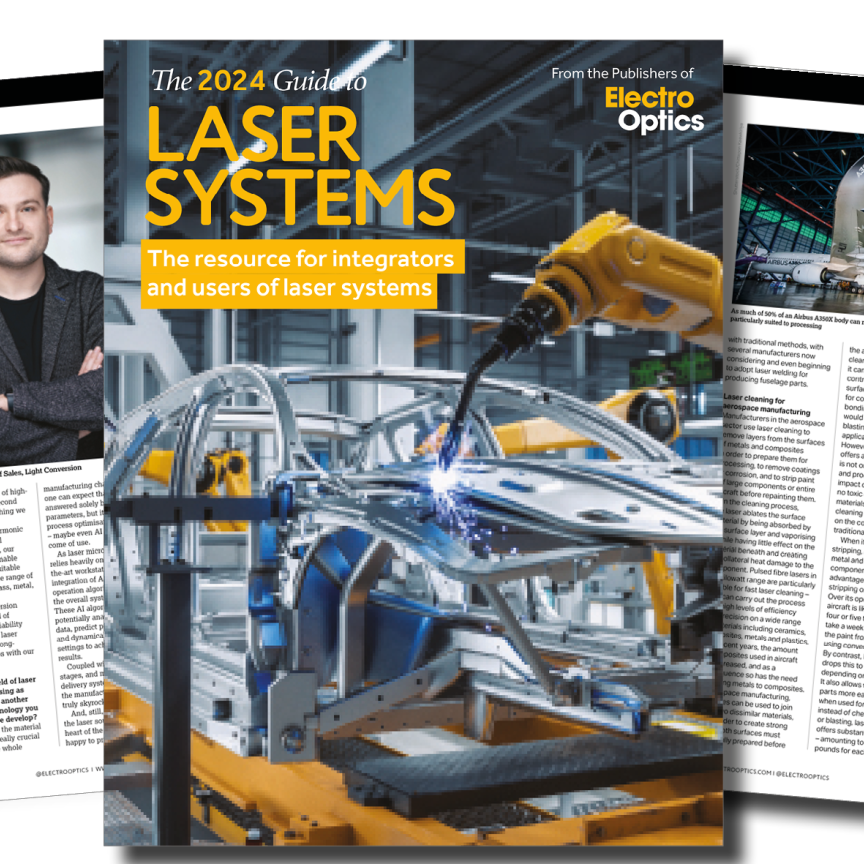The Central Laser Facility at the STFC Rutherford Appleton Laboratory (RAL) in Didcot, UK, is to use an ultra-reflective parabolic mirror to help study laser-plasma interactions at ultra-high intensities.
The 320mm-diameter off-axis mirror has a surface accuracy of better than lambda/8 P-V, surface gradient of better than lambda/20 P-V and smoothness of 20/10 scratch/dig. The surface quality and high reflectivity coatings will enable RAL researchers to achieve the high optical performance required for their experiments.
Optical Surfaces has supplied the mirror. It was manufactured in ClearCeram HS and coated using a high performance coating to produce high reflectivity (R>99 per cent) at 1053 and 527nm.
Aris Kouris of Optical Surfaces said: 'The most demanding part of the producing this optic was to achieve the surface gradients, which required an iterative process in order to achieve the required smoothness. To achieve lambda/20 P-V surface gradients specification using an iterative process added a significant amount of handling during the manufacturing that increased the risks for markings.'
The Central Laser Facility at the STFC Rutherford Appleton Laboratory is one of the world’s leading laser facilities, providing scientists from the UK and Europe with a range of state-of-the-art laser technology. The CLF’s wide ranging applications include experiments in physics, chemistry and biology, accelerating subatomic particles to high energies, probing chemical reactions on the shortest timescales and studying biochemical and biophysical processes.


